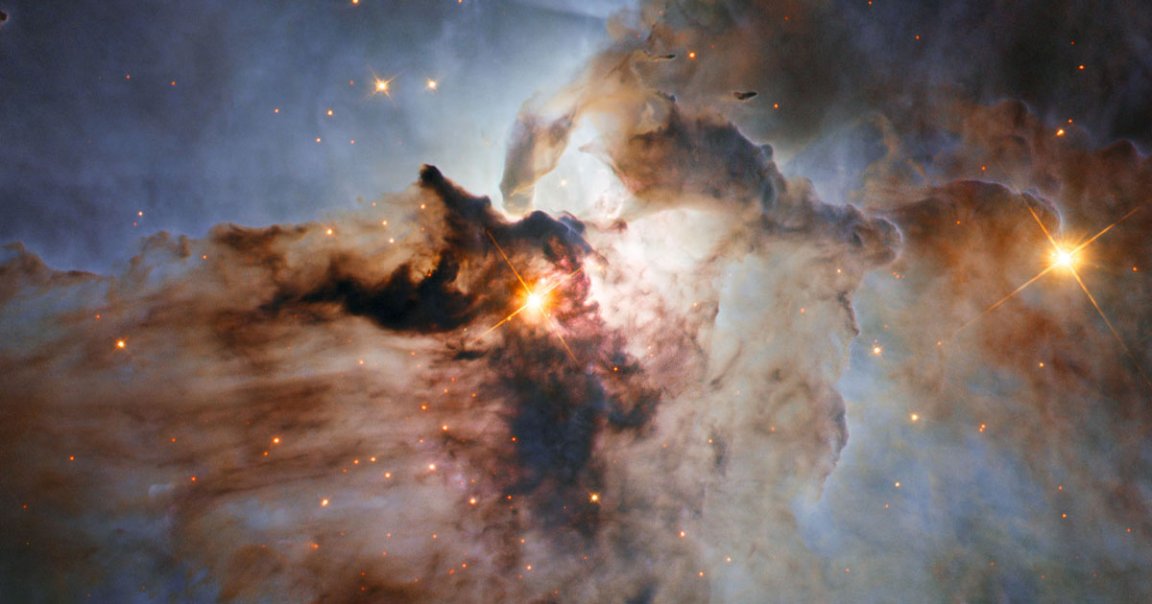
Choosing Sides
A controversial new research paper threatens to upend what many astrophysicists assume to be true about dark matter — but many remain unconvinced the new study is correct.
A team of University of California, Berkeley astrophysicists failed to find any dark matter, the invisible stuff that holds galaxies together, within the Milky Way, Live Science reports. But because that’s almost certainly an incorrect takeaway, the paper seems instead to suggest that other astrophysicists were wrong about how to find dark matter in the first place.
Diving In
One popular hypothesis is that dark matter is made of a theoretical subatomic particle called the sterile neutrino. When sterile neutrinos decay, they’re thought to give off x-rays at a specific wavelength. So scanning galaxies for those x-rays has been an indirect way to measure how much dark matter they contain, according to Live Science.
Here’s where the research, published in the journal Science in March, creates a problem: astrophysicists turned their attention inward and looked for that x-ray frequency within our own galaxy. And they found nothing, potentially debunking the sterile neutrino model.
Fast And Loose
But other astrophysicists say they just missed it, Live Science reports, because they used a different methodology that potentially narrowed down the search too much.
That’s the crux of the argument: the new paper suggests others picked up on background noise instead of the x-ray signal, and those others say the new paper happened to miss the real signal itself.
READ MORE: A huge cloud of invisible particles seems to be missing from the Milky Way [Live Science]
More on dark matter: Two Nearly-Identical Dark Matter Studies Have Conflicting Results